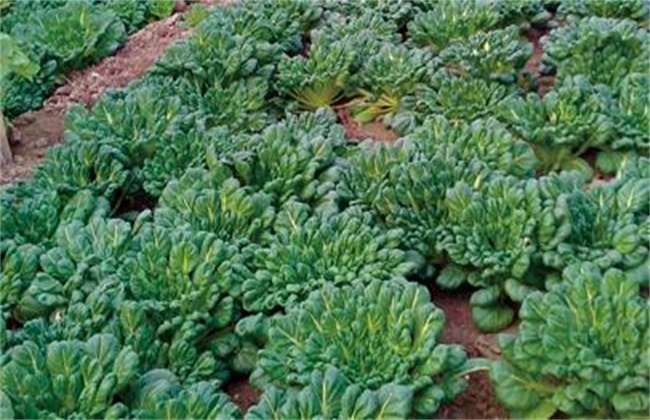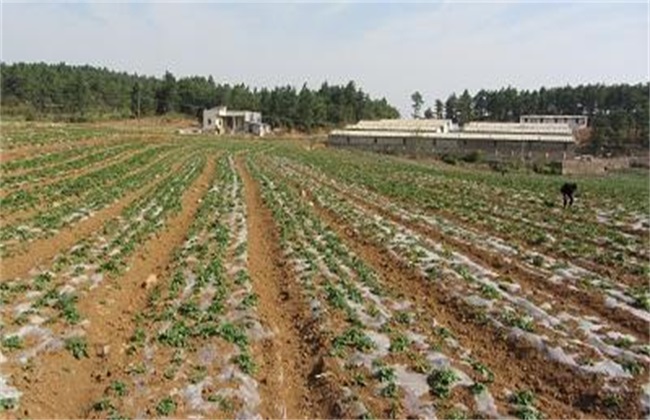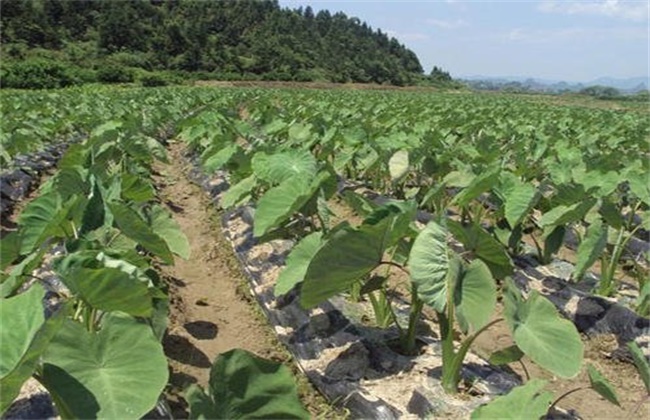Planting techniques of Castanopsis lanceolata
Tower cauliflower, also known as chrysanthemum cauliflower, with its tender stems and leaves for food, its taste has a special chrysanthemum fragrance, there are a small number of cultivation in southern China. So how to grow pagoda vegetables? Let's get to know it together with the editor.

1. Soil preparation and sowing
Before sowing, it is necessary to apply sufficient basic fertilizer, mainly rotten farm manure, turn it deeply and make it into a flat bed, sow the seeds and fine sand, cover a layer of about 0.5 cm of fine soil, cover the sunshade net and water thoroughly after sowing. In early spring, the temperature is low and rainy, so it is best to cover with plastic film to keep warm and humid. Generally, seedlings can emerge in about 10 days, then the sunshade net and plastic film should be removed in time, and 2-3 leaves can be transplanted into the field.
2. Transplanting and planting
Tacai is afraid of waterlogging and avoid waterlogging, so it should be ridged in deep trenches during cultivation, which is conducive to smooth drainage. In addition, as a perennial herb, it requires a lasting supply of soil nutrients, so it should be planted in sandy loam soil with convenient drainage and irrigation and loose and breathable sandy loam. It is also necessary to apply sufficient basic fertilizer before planting. 2000-2500 kg of rotten farm manure is applied per mu. After fertilization, the soil should be deeply ploughed and raked, the whole bed should be made, and the plants with strong growth and free of diseases and insect pests should be selected and planted in cloudy days or sunny afternoons. Reasonable close planting, in the planting should be watered to slow down the seedlings.
3. Fertilizer and water management
Topdressing is needed after five days of planting to promote growth, and then every 7-10 days, using the combination of farm fertilizer, compound fertilizer and urea. In the summer high temperature and drought should be timely watering, but must not stagnant water in the field, in the rainy season to pay attention to drainage and waterlogging, so as to avoid root rot. The branching power of Takeshi is relatively strong, and the lateral branches germinate faster, so the demand for fertilizer is relatively large, so it is necessary to increase the times of topdressing when planting in barren land.
4. Field management
Before the plant closure, intermediate ploughing and weeding can prevent soil consolidation and is beneficial to root growth and development. It is appropriate to loosen the soil and cultivate the soil after the old stubble straw is harvested before winter. Because of its exuberant growth and strong branching ability, it is necessary to carry out necessary pruning to control plant growth, promote lateral bud branching, facilitate field management and enhance ventilation and light transmission. It is also harvested and topped before the plant is closed to promote the germination of lateral buds and increase the yield.
The above is the introduction of the planting technology of tower vegetables. I hope it can help you. If you want to know more about it, please follow us.
Related
- Where is it suitable to grow horseradish in China? it is expected to see the middle altitude horseradish in Alishan.
- How to prevent tomato virus disease reasonably? (Control methods included)
- Many people like to plant towel gourd on the balcony. What are the main points of this method and management?
- What crops can chili peppers be mixed with?
- Fertilization techniques and matters needing attention in Tomato
- What are the grafting techniques for peach seedlings in spring?
- Harm and control methods of root swelling disease of Chinese cabbage
- What are the pests of sweet potatoes? How to prevent and cure it?
- Symptoms, causes and Control methods of navel Rot in Tomato
- The cause of "Cucumber rotten bibcock" in Farmers' planting Cucumber and its Control Plan



